I got waylaid by my friend Bob Weaver yesterday afternoon and was invited to go along with him and Rey Larsen on a shore bird census trip to
Napatree Point in Westerly, RI this morning; Rey was doing the counting while Bob and I would be along to photograph everything in sight. Napatree is a barrier beach that stretches out from the Watch Hill area of Westerly and shelters the Little Narragansett Bay from the Long Island Sound. It's typically lovely barrier beach country - beaches, dunes, and some great birds.
After parking in the lot by Watch Hill Cove, we walked west along the bay-side beach.

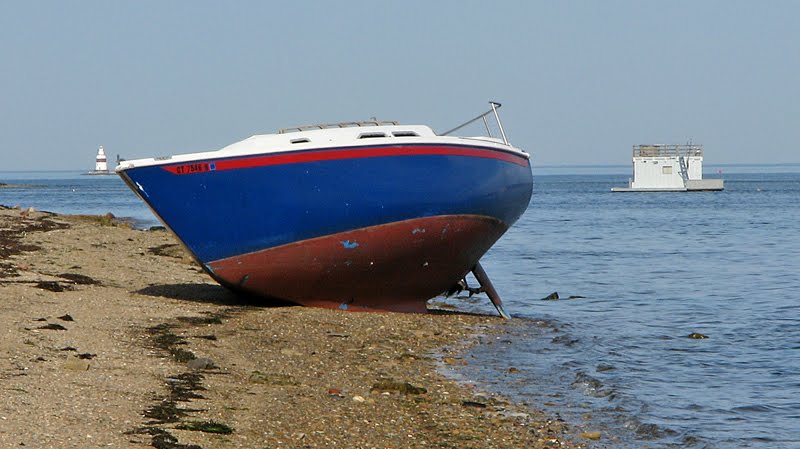
While walking this stretch we noticed an Osprey pretty much flying right at us, followed by a Tern who looked as if it was chasing the Osprey out of its territory. There are two Osprey platforms on Napatree Point, but only one is occupied this year. You can see it from this point on the bay-side shore, but we were able to get closer to the nest on the ocean side, so you'll have to wait until we round the point and get over there.


Along this stretch we also ran into lots of little Sanderlings scurrying about their business, as well as a Mama Spotted Sandpiper herding her chick. Unfortunately this side of the point is mostly covered in pebbles and gravel rather than sand, and the birds were blending in too well. But as luck would have it, at one point we had to leave the water's edge and follow a path through dunes and grass and salt marsh, and at one point we ran across another Spotted Sandpiper on an old bit of dock apparently washed way inland by a storm. It seemed to want to hang out on this little stage and pose for us; Bob thought there was probably a nest nearby and this one was making sure we made no threatening moves.

Nearing the end of the Point we came across a flock of 7 American Oystercatchers who seemed to want to move along with us, giving us ample occasions for photo sessions. These are the two best shots I got.


Rounding the rough and rocky point we come to the ocean-side beach, which is dominated by nesting Osprey, Piping Plovers, and Least Terns. The Plovers and Terns are endangered species and their nesting areas are roped off and signs posted to stay out. Osprey, like Bald Eagles and other raptors, were once endangered but have benefited from the effort made to save them; they're back up to a healthy population these days. The nest here on Napatree has three chicks, but I wasn't able to get a shot with all of them; at least I got a shot with proud parent (without the other adult present for comparison I can't tell if this is Mama or Papa; both share parenting duties), one full shot of a baby, and the very top of the head of another there in the lower left of the shot.

Rey counted 27 Piping Plovers, 9 of which were chicks. This is a great count, and a sign that this endangered species is recovering slowly but surely. Here's one of the adults

The Least Terns were still sitting on their nests, so there was much avian consternation as we walked down this stretch of beach, especially when we discovered one actually sitting on a nest. When we stopped to take pictures the Tern world erupted and we were being dive-bombed by orange-billed harpies. The nest-sitter even left the nest to join in the festivities. Bob and I tried to get shots of the Terns in flight, but they're just too fast, at least for my reflexes. The nest-sitter eventually returned to the nest, and I managed to get decent shots of it walking back to the site and then firmly ensconced on the nest.


And finally we come to the end of this hike. I'm told this dune at the Watch Hill end of the beach is famous. I can testify that it's tough on the thighs and is excellent aerobic exercise (puff, pant, puff, pant!); my cardiologist would heartily approve of me tackling this.
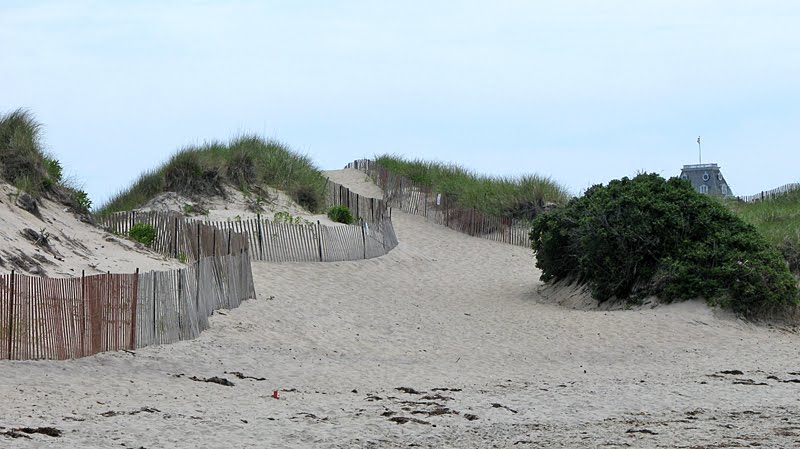
And that was today's adventure. I hope you enjoyed coming along!
© 2010 by A. Roy Hilbinger










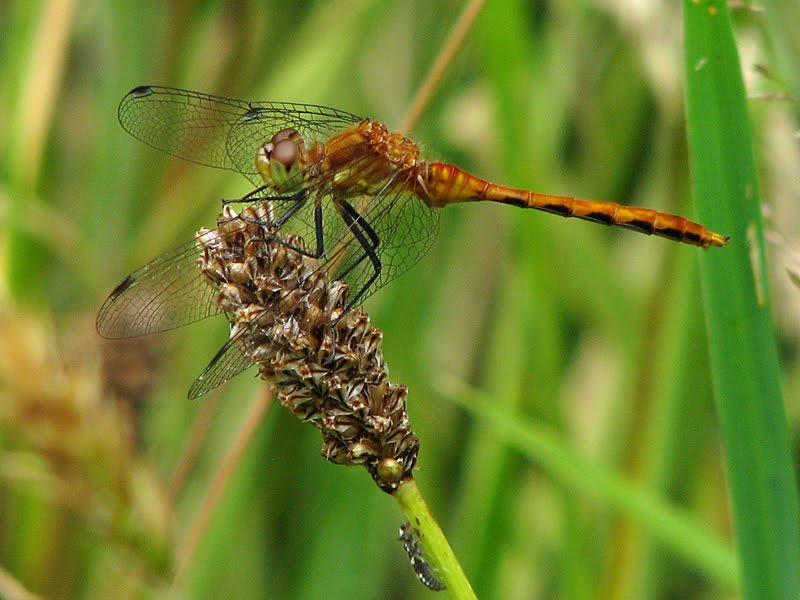









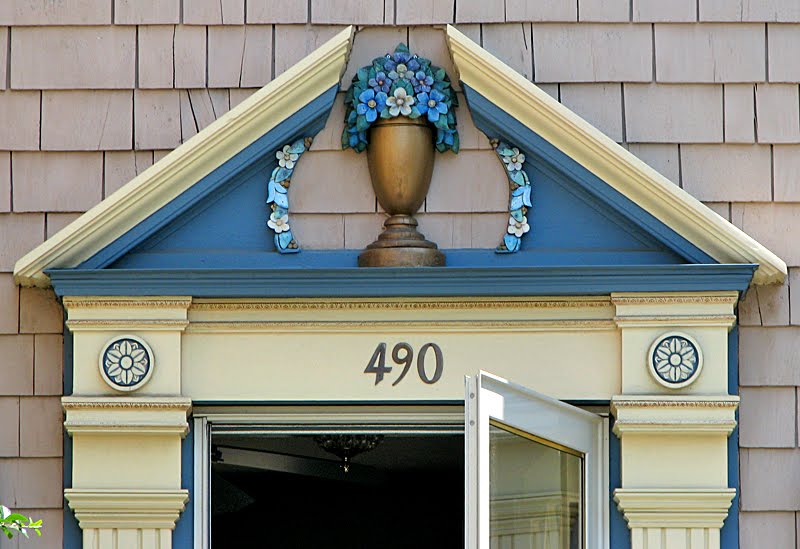














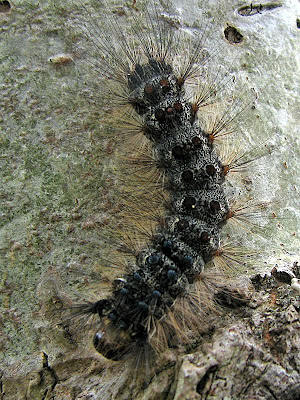
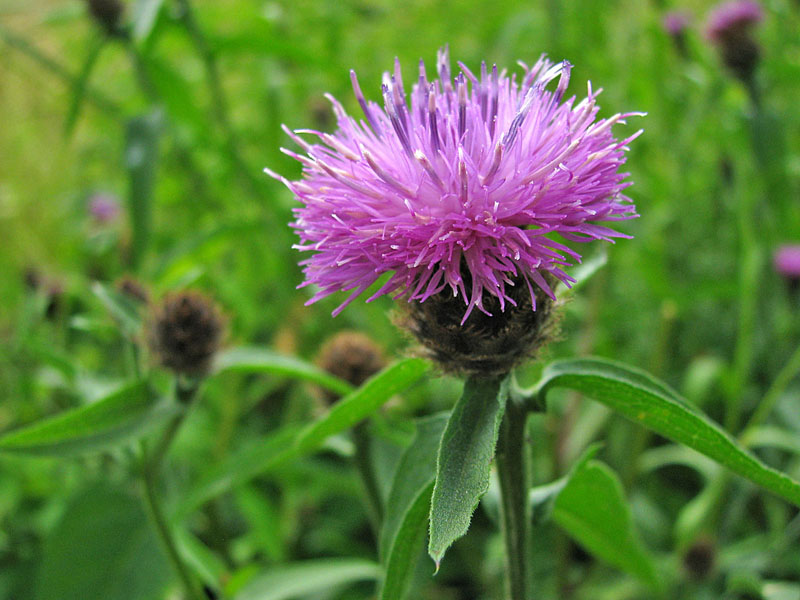
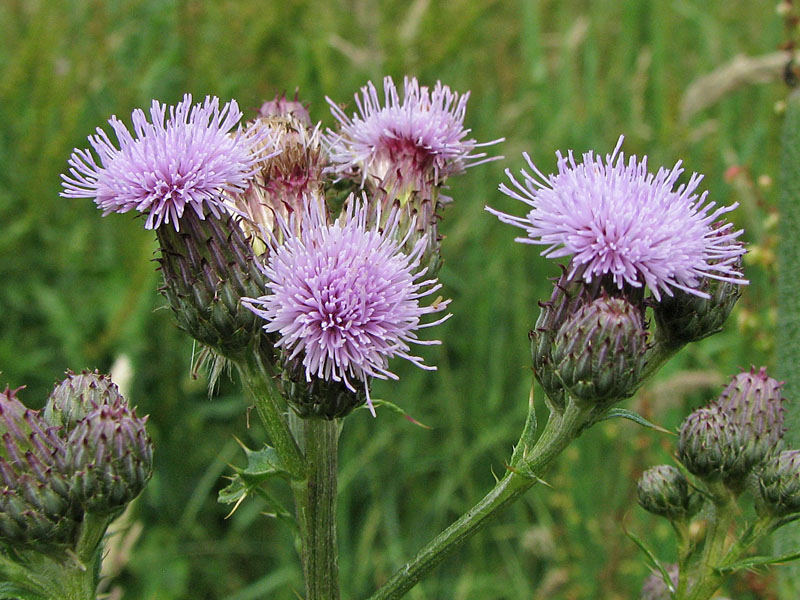
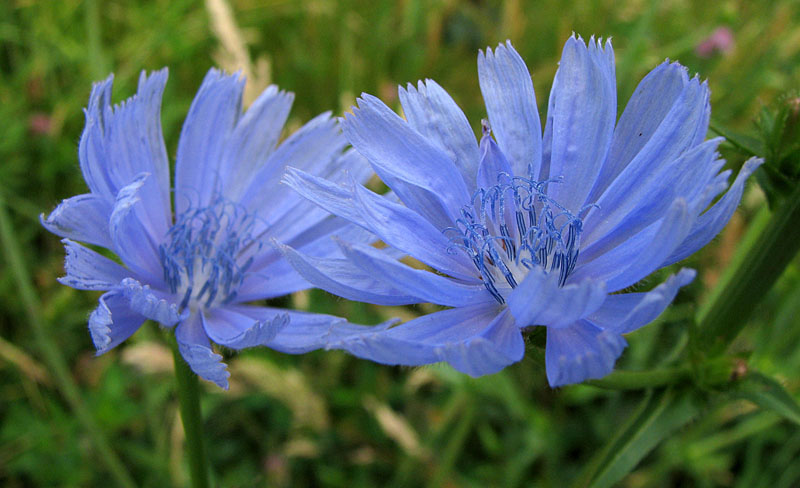
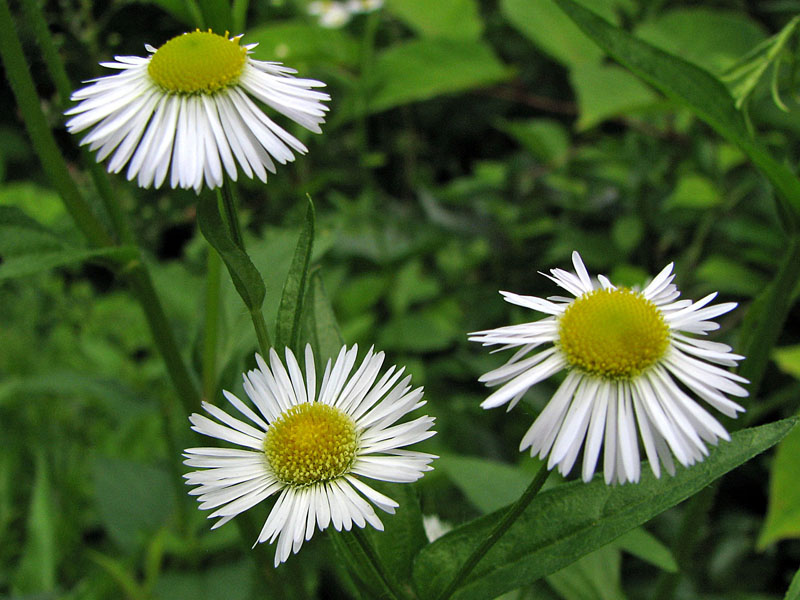
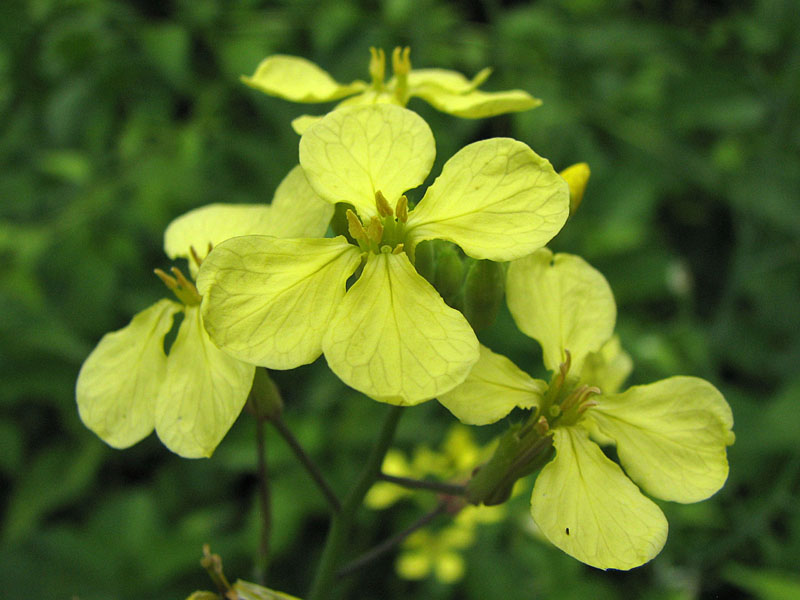


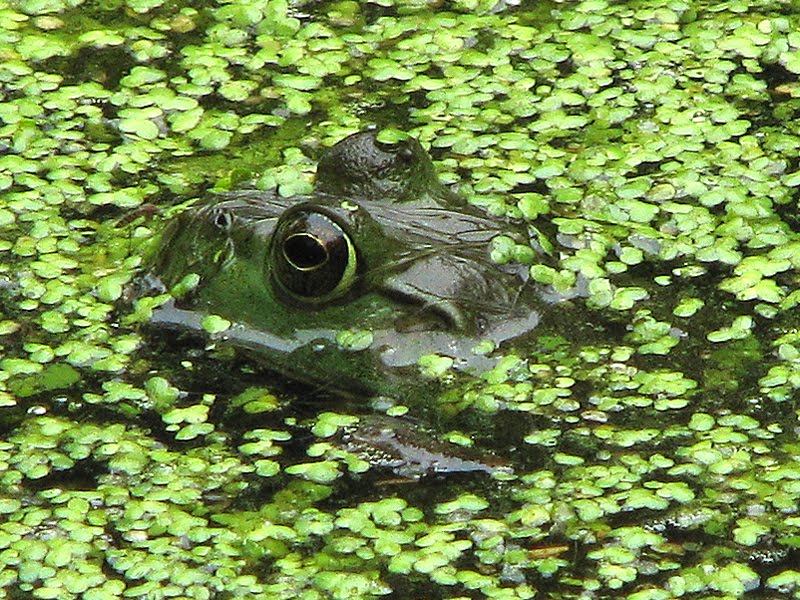


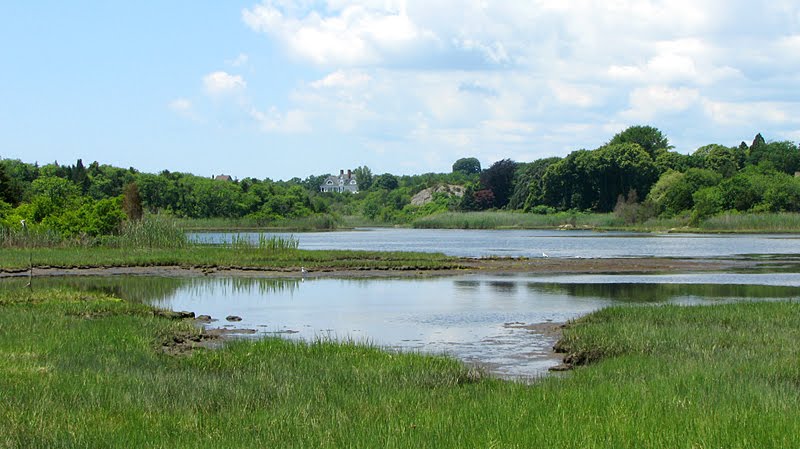





.jpg)


























